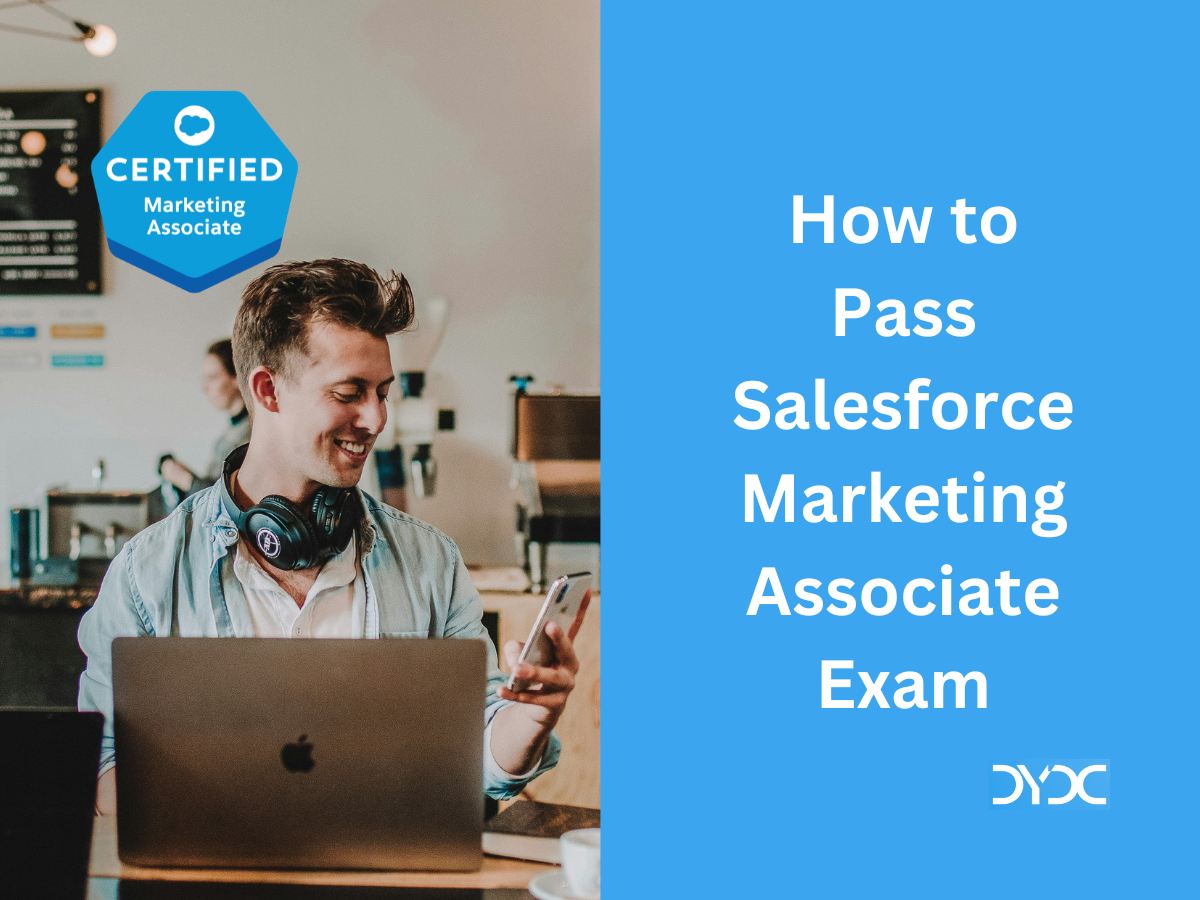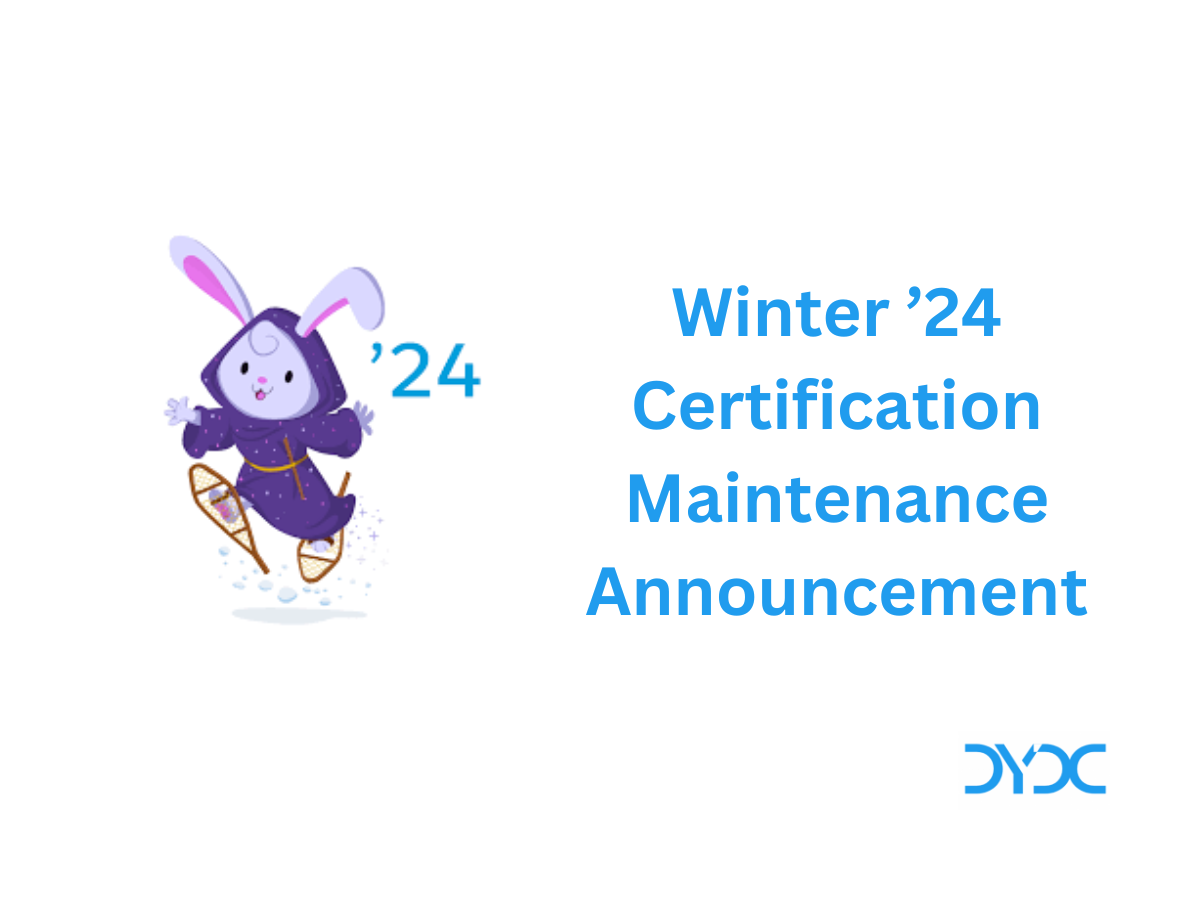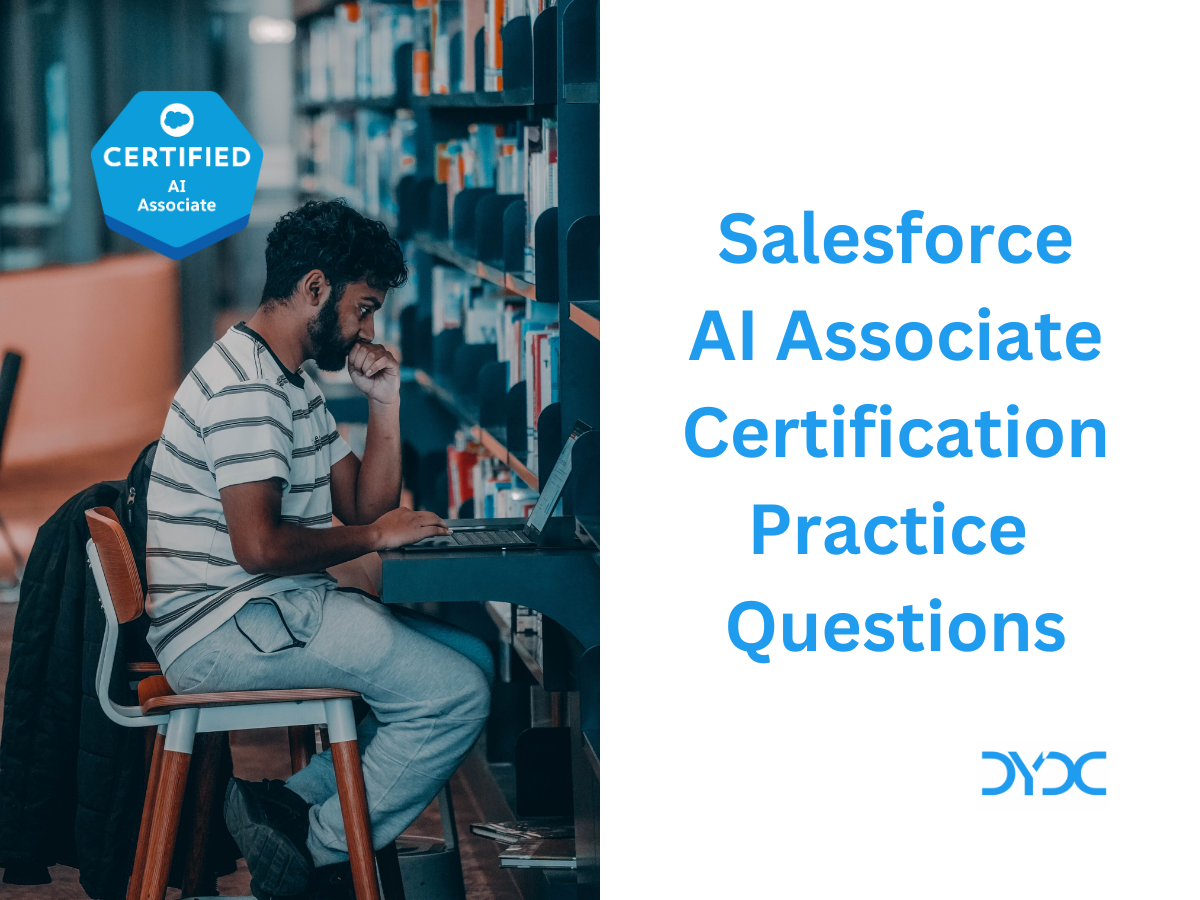How to Pass Salesforce Sales Representative Certification Exam
1. About the Salesforce Sales Representative Certification Exam
 | Salesforce Certified Sales Representative candidates exemplify sales excellence using a customer-centric methodology. The Salesforce Certified Sales Representative develops trusted relationships with their customers, ensures deal success by aligning with entire account teams, executive sponsors, and stakeholders, and takes full ownership of the sales process by planning, managing, and analyzing their business. |
| Content | 60 multiple-choice questions and up to 5 non-scored questions | |
| Time allotted | 105 minutes | |
| Passing score | 70% (42 out of 60 questions) | |
| Exam Fee | USD 200 plus applicable taxes | |
| Retake Fee | USD 100 plus applicable taxes | |
| Prerequisite | None |
For an up-to-date information about this exam please refer the exam guide.
2. Salesforce Sales Representative Certification Exam Outline
2.1 Planning: 21%
- Describe the elements of territory planning.
- Create an approach to engage key accounts.
- Calculate sales quota attainability based on account, territory, and prospect insights.
- Develop business relationships and build partnerships with key roles and personas.
2.2 Customer Engagement: 15%
- Demonstrate thought leadership and build credibility to shift the customer’s thinking.
- Leverage multiple touchpoints to build prospect interest and align on why a solution meets their needs.
- Nurture relationships and drive product adoption to maximize value for the customer.
2.3 Deal Management: 37%
- Identify how to qualify a prospect and when to move to the next stage of the sales process.
- Determine customer’s business strategies, goals, initiatives, and challenges to define the scope of the solution.
- Develop and present the value proposition of a solution based on customer needs.
- Identify and remove all challenges to finalize the deal.
- Gain customer commitment and close formal contract.
2.4 Pipeline Management: 12%
- Identify and generate new pipeline.
- Analyze pipeline health insights ensuring data integrity to improve customer relevance.
- Explain pipe progression and stage velocity.
2.5 Forecasting: 6%
- Assess forecast accuracy to drive opportunity consistency.
- Measure the risks and opportunities associated with a business deal.
- Explain key inputs that drive the forecasting process.
2.6 Customer Success: 9%
- Identify the actions needed to book and fulfill orders.
- Identify the post-sales customer journey.
- Assess customer realized and expected value.
3. Salesforce Sales Representative Certification Exam Guide
4. Salesforce Sales Representative Certification Exam Trailmix
5. Salesforce Sales Representative Certification Exam Practice Questions
6. Important Topics for Salesforce Sales Representative Certification Exam
6.1 Planning: 21% (13 Questions)
- Pipeline is a comprehensive view of a rep’s open opportunities, no matter what stage they’re in. It includes everything from the newest prospect to that opportunity with a pen in hand, ready to sign.
- Forecast is a subset of the pipeline and includes just those deals expected to close in a certain period, like this quarter, for example.
- Best practices that can help your sales teams make smarter decisions
- Define Your Sales Process: Define these steps from start to finish, then communicate them to your entire sales team.
- Inspect the Forecast Constantly: Review your forecast data often, including on dedicated calls with your sales team
- Track Your Forecast in Salesforce: Your data is updated in real time, anytime a rep makes a change.
- Sales Path is used to guide Sales Reps through the sales cycle automatically.
- Managing key accounts allows brands to:
- Design smarter territories that positively impact sales performance and revenue growth.
- Unlock account collaboration to increase productivity with shared tools.
- Engage in joint business planning, integrating channel planning and budgeting.
- Optimize trade promotions to achieve a 360-degree view of spend and return on investment (ROI).
- Forecast customer demand to gain complete commercial visibility and drive transparency and profitability within accounts.
- Key Performance Indicators (KPIs)
- Growth: Nurture growth on metrics such as sales volume, revenue, and margins. Metrics can be based on a region, account, or product category mix.
- Revenue: Reach a sales volume figure in your accounts. In cases where there’s a universal unit of measure across multiple categories, revenue can also be measured by volume.
- Margin: Deliver the growth and revenue targets in accordance with a certain margin goal.
- Trade Spend: Trade spend budgets are fixed or derived from a live rate percentage of revenue available to reach targets for the year to date.
- Activity measures are KPIs that focus on the actions sales people do daily, weekly, monthly, that help drive relationship building and connecting with new customers. Activity measures are designed to lead sales people to achieve outcome measures.
- Outcome measures focus on the end result of these actions, and are usually tied closer to money.
- Common incentives that may be found in an incentives package:
- Cash Incentives or Commission
- Material or Cash-Related Goods
- Social Recognition
- The Dale Carnegie Sales Model
- Step 1: Connect – Show that you care about the customer and their needs.
- Step 2: Collaborate – Uncover true needs, wants, goals, and desires.
- Step 3: Create – Work with your customer to find a solution that meets their needs and goals.
- Step 4: Confirm – Confirm with the customer that the presented solution will be effective.
- Step 5: Commit – Your customers commit to the purchase, and you commit to following up and continuing a relationship with them.
- Relationship selling focuses on:
- Long-term results.
- Building trust.
- Offering insights.
- Creating value for the customer.
- Transactional selling focuses on:
- Short-sighted, one-off deals
- Making a sale
- Product
- Price
- When telling the story, include the following elements:
- Incident: Describe the customer’s situation before implementing your solution.
- Action: What the customer did to solve the problem (using your solution).
- Benefit: Describe how your solution solved the problem and the value received by the customer.
- Client Credibility Statement is made of three steps:
- Make a connection: This is when you either begin the conversation or casually steer the conversation toward a challenge or opportunity that your customer is facing.
- Strike a nerve: Get their attention by relating directly to their wants and needs, or cite an industry-related challenge that you know you can solve—but do not try to sell it just yet!
- Tell a story: This is your chance to build trust by describing how a similar client has benefitted.
- Clarifying Questions
- In what regard?
- How so?
- Tell me more…
- How do you mean?
- Oh?
- Tell me why…
- That word has so many different meanings. What does it mean to you?
- Confirming Questions which can usually end with, “Is that right?”
- What I’m hearing you say is…
- Let me test my understanding…
- It sounds like…
- It seems to me…
- As I understand it, you…
- Questioning Model helps you draw out the needs of the customer by focusing on As Is, Should Be, Change, and Payout questions.
- The Summary Statement should:
- Begin with the statement, “Based on what you’ve told me…”
- Be a quick, simple statement.
- Make a specific recommendation.
- Reference the customer’s Should Be and Payout that you uncovered through the questioning process.
- Use a confident tone and powerful words.
- Demonstrate the value of what you’re offering using Fact, Benefit, Application:
- Facts are specific, true, provable statements. Some facts will be accepted without hesitation and some may require proof.
- Benefits are brief, clear descriptions of how any customer could use and enjoy the solution. The benefit should be directly related to the fact previously stated.
- Applications clarify how your specific customer will apply and benefit from the solution. This resonates strongly with the customer because it comes more personal.
- Dale Carnegie’s principles to help you listen effectively.
- Maintain eye contact with the person talking.
- Be sensitive to what is not being said. Observe body language for incongruent messages.
- Practice patience. Do not interrupt, finish the speaker’s sentence, or change the subject.
- Listen empathetically and listen to understand. Act as if there will be a quiz at the end.
- Clarify any uncertainties after the person has spoken. Make sure you understand what was said by rephrasing what you heard.
- Don’t jump to conclusions or make assumptions. Keep an open and accepting attitude.
- Practice empathetic listening. Remove all distractions.
- Turn off your mind and “be with” the speaker. Try to see things from their perspective.
- Levels of Listening:
- Empathetic – also involves listening with your eyes.
- Attentive
- Selective
- Pretend
- Ignore
- Dale Carnegie tactics to address objections:
| Tactic | Description |
|---|---|
| Cushion | A response that shows you listened to the concern and recognize its importance. It does not agree, disagree, or answer the objection. It acknowledges the emotion that was conveyed. |
| Clarify | Ask a nonthreatening question to clarify the objection. |
| Cross-Check | Confirm that the specific hesitation is the only factor preventing the commitment. |
| Reply | Deny, admit, or reverse the hesitation. Provide an explanation. – Deny: Deny falsehoods or misinformation. – Admit: Admit current or past problems. – Reverse: Turn objections into reasons for buying. |
| Trial Commitment | Ask a question to determine if the objection has been resolved. |
- Method to gain the customer’s commitment:
- Direct Question Method
- Alternate Choice Method
- Minor Point Method
- Next-Step Method
- Opportunity Method
- Weighing Method
- Dale Carnegie methods to develop continued business in order of effectiveness:
- Referrals
- Social media
- Cold calling
- Door-to-door
- Seminars
- Mass emails
- Networking events
- Customer Continuum
- Hostile
- Resistant
- Discontent
- Ambivalent
- Favorable
- Supportive
- Champion
- Champions are people who are loyal to you and your solution. They are likely to refer others to you. The best champions are articulate, dynamic, and well-respected within their organization.
- Dig Deeper into Relationship Selling
6.2 Customer Engagement: 15% (9 Questions)
- You can take control and redirect the customer conversation by using the OFNR questions:
- Observation: What is the conflict? What stake is at jeopardy?
- Feeling: How did or do they feel about the focus of the conversation?
- Need: What does the customer need?
- Request: What is it they are asking?
- Best practices further steer the conversation in a productive direction:
- Manage emotions: Focus on the customer and their body language, and not your personal feelings or emotions
- Give acknowledgement: Allow the customer to talk, practice active listening, and paraphrase with empathy.
- Be transparent: If you misstep, take responsibility. Stick to the facts, and avoid power struggles over who is “right.”
- Be solution-focused: Provide the right recommendation—one that helps move the customer toward success, is delivered at the right time, and is formulated with the customer’s help.
- Adopt a mindset of inquiry: After you’ve acknowledged the customer and taken the necessary responsibility, it’s time to ask questions, so you can get a clear view of the issue.
- When our brain receives information, it sends it to two main components—the prefrontal cortex and the amygdala.
- The prefrontal cortex helps us make choices. It keeps us calm, rational, and logical.
- The amygdala can also impede your hippocampus from getting the full story during states of heightened emotion.
- Tips for preparing for and conducting a difficult conversation
- Focus on breathing before the meeting.
- Stand in a power pose before the meeting begins.
- Listen to a song or playlist before the meeting to calm your brain and get out of your emotional headspace.
- Write down the facts for the meeting and create an outline with the key items you have to hit during the meeting. This keeps you on track.
- Practice your message in the car, shower, or with your manager. This helps you sort through your thoughts, hear yourself, and anticipate the customer’s reaction.
- Inform your manager about the meeting and what is at stake. Keeping your manager in the loop always ensures that you won’t have to defend yourself later if a customer further elevates the issue.
- Bring a notepad and paper instead of your computer. Computers can block eye contact and physical space.
- Make eye contact. When the eye can’t see something or someone fully, it can be processed as suspicious.
- Set the expectation. You may be aware that this conversation isn’t going to occur in one instance. It’s OK to set the expectation up front by giving a hard out for yourself.
- Go-to questions to keep your customer conversation going in the right direction.
- Can you tell me more about this situation?
- What’s working well in this situation?
- Can you help me understand what changed?
- How can I help you get you to your goal?
- What’s the biggest obstacle in reaching your goal?
- What does my team need to do to improve this situation/partnership/feature/integration?
- How can I help you make this change?
- Who has eyes on the data to measure value and success?
- What measurements are you taking or monitoring?
- What was your expectation?
- Why? Why did this happen?
- The art of problem solving:
- Make Recommendations: Finding the right solution(s) that work best for the customer right now
- Be Transparent: If you don’t have the answer, tell them that
- Focus on Solutions: Means putting aside your own agenda.
- Follow Up: With the customer’s progress.
- Design thinking is a creative problem-solving process used to find novel solutions.
- Desirability perspective focuses on who the user is, what they care about, and why.
- Feasibility perspective focused on technologies and tools they can use to address a need or opportunity
- Viability perspective focused on a given business strategy of a financial target
- Cold calling is the solicitation of business from potential customers who have had no prior contact with the salesperson conducting the call.
- Tips to make cold calling easier:
- Explain your value proposition
- Draft your questions
- Approach your prospect as a person, not a sales target
- Four stages in the buying process:
- Attention: The customer is aware of the product.
- Interest: The customer demonstrates a desire to learn more about the product.
- Desire: The customer chooses to purchase the product.
- Action: The customer makes the purchase.
- Customer Satisfaction Survey (CSAT) – A survey asks customers to rate their satisfaction directly on a scale. It can be used to provide direct feedback on an ongoing process.
- Customer Engagement Score (CES) – A survey asks how much ease the customer feels while interacting with your business. It is the best measure of customer loyalty.
- Net Promoter Score (NPS) – Measures the extent to which customers would proactively refer the company to someone else. It is a reflection of customer loyalty and retention.

















